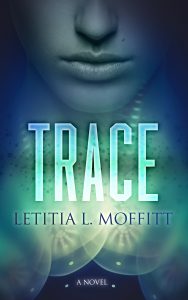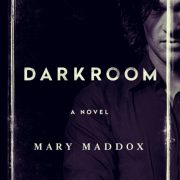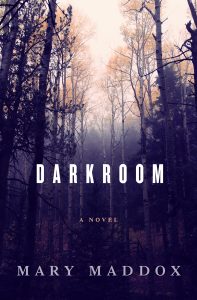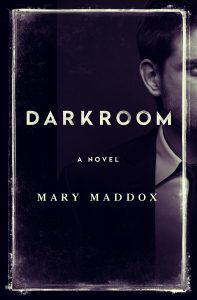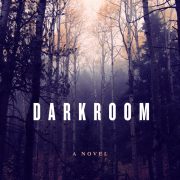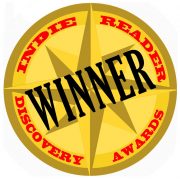Ever since I discovered the pleasure of listening to audio books, I’ve thought about making audio versions of my novels. But the high cost of production and my unfamiliarity with the process kept me from moving ahead.
Then, in mid-May of 2017, my thriller Darkroom won First Prize for Fiction in the IndieReader Discovery Awards. This honor may seem unrelated to producing an audio book. It’s not. The award renewed my faith in Darkroom. Like most writers I believe in my work. Otherwise I would not be writing. But the validation boosted my confidence enough to justify the substantial investment in an audio book production.
IndieReader invited to me attend a BookCon event in New York City to receive the award in person. Unfortunately, medical problems kept me from making the trip. Of course, I was disappointed. It occurred to me that I could use the unspent travel money to produce an audio book of Darkroom.
Choosing a production method
I could have read Darkroom and managed the studio production work myself—the least expensive option—and probably ended up with a substandard audio book. I haven’t worked in theater since college and I know almost nothing about sound editing. Sure, I could have learned, but experience has shown me that it takes practice to become competent at new skills. I chafed at the idea of delay. Even more, I refused to make the Darkroom audio book a learning project.
Another avenue of audio book production is through exchanges like ACX and Findaway, which allow you to bid for readers and hold auditions. I felt too inexperienced to sort through a slew of auditions—some by readers who might or might not have access to adequate sound equipment—so I searched instead for an independent studio.
After casting about for a few weeks, I settled on Spoke Media, a production company with a good reputation and a contact person who returned my messages within a day or two (as opposed to a couple of weeks). After listening reader auditions, I chose Alison Pistorius, a theatrical actor whose voice evokes my main character, Kelly.
A new cover for the audio book
I needed an audio version of my cover. Unfortunately, I’d engaged the cover artist through an intermediary, and this company no longer worked with him. I asked the company for help anyway, but received no response. So, I dug up contact information for the cover artist and wrote to him directly. Again, no response. I won’t name the cover artist or the company. I will only say that my estimation of them has taken a nosedive.
Damonza designed a compelling new cover for both the ebook and the audio book of Darkroom. Some readers say they prefer it to the earlier cover.
A few problems
Spoke Media worked fast. Maybe too fast. In three weeks, the audio files were ready for review. By and large the audio book sounded terrific. But I’m glad I listened to every file. Sentences were repeated in a few places, and worse, an entire page of Chapter 28 had not been recorded at all. Maybe you’ve encountered audio books with annoying and confusing mistakes—repetitions, obviously missing words, inconsistent chapter titles—mistakes the producer failed to catch. (And it’s the job of the producer—in this case, me—to catch them.) I’m glad Darkroom didn’t end up being that kind of audio book.
After Spoke Media completed the revisions, I set about uploading the files to my distributors, ACX and Author’s Republic. The ACX reviewer informed me that the files needed a couple of minor edits. The opening credits must be in a separate file rather than part of the Prologue file. Same thing for the closing credits, which were part of the final chapter file. Making the changes was no big deal, but I could have avoided the brief delay if I’d known the formatting rules.
Success!
The audio edition of Darkroom finally became available in September of 2017. The sound quality is superb and Allison Pistorius does a terrific job of reading the story. I’m pleased with the final product and hope that you will be, too. You can order the Darkroom audio book from Audible, iTunes, and several other outlets.

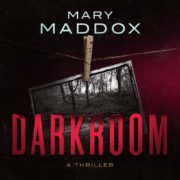
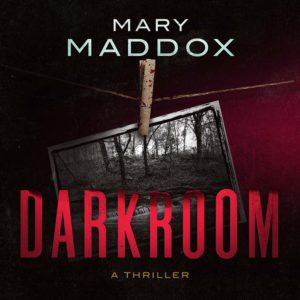
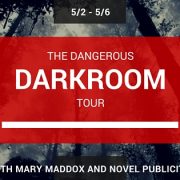


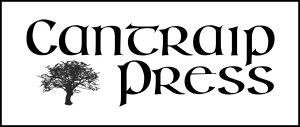 I called my publishing company
I called my publishing company 
